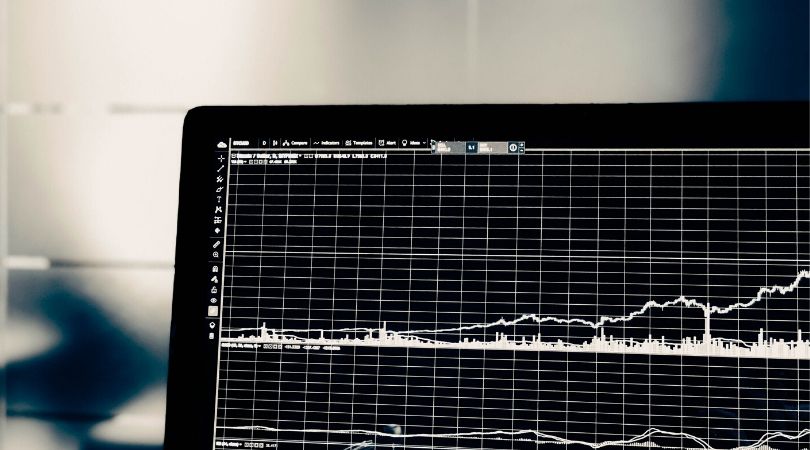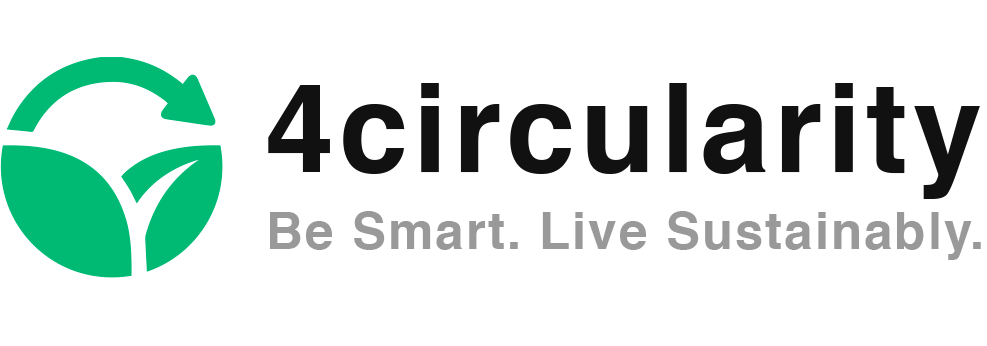What would be more important at the time of uncertainty than timely and reliable data?
The Coronavirus (COVID-19) taught us one important lesson; the need for real time data. The whole world woke up to this data challenge in the beginning of the pandemic when all of the sudden data timeliness was required to manage the situation quickly and in the best possible measures. It seems like it took a global pandemic to really make us understand how different impacts are being measured and communicated.
There is another huge threat that affects all of us. And that is the climate change. With the global pandemic the climate change and its management has been put “on hold”. However, it is not waiting still somewhere, and we can think of “taking a look at it later”. No. It is present and damaging changes in climate are accelerating. Year 2019 was the warmest in history and now the year 2020 that we are living right now, is going to horribly bypass it.
The climate crises will create social and environmental inequalities that are not equally spread across the continents. The ones who are least responsible of the impacts are the ones who are suffering the most.
Both timely data and data coverage are challenges that we need to solve in order to keep track on the progress, and where we are falling behind. This decade is called as a decade of action by the United Nations and it certainly must be one. We need to change the tide.
Agenda 2030 – Leave no one behind
The United Nations Sustainable Development Goals (SDGs) or Agenda 2030 was set in 2015 by 193 countries when one of the member countries, Colombia, came up with an idea of global sustainable development goals. The SDGs are based on social, political and environmental inclusion.
We have ten years to achieve the goals and limit the global warming to 1.5℃. This means that we are experiencing a decade of action and we and only we are the change. As we are not even close to achieve the Sustainable Development Goals in a global level, much needs to be done in a short time.
Still today half of the 232 SDG indicators data is outdated, missing or not actively being monitored. Leaving no one behind goal is ambitious, some might say. But how can we tackle the global challenges if not together?
On the 15th of July 2020, the Sustainable Development Solutions Network (SDSN) launched the SDGs Today online platform in partnership with Geographic Information system company (ESRI) and the National Geographic where anyone can screen though data visualized in geographical maps on the UN SDGs progress and topics related to them.
This initiative is so important and exactly what the measurement of SDGs in all member countries urgently needs. The datasets featured on SDGs Today are not the official datasets for monitoring the SDGs. The portal shows real time datasets that are updated annually, monthly, weekly, daily or in real time on the SDGs. In addition, it uses new data sources and methods, which enables more frequent updates than the official SDG datasets that usually have significant time lags.
The SDGs Today interacts with policymakers, government officials, national statistics offices, journalists, academics, civil society and students. This is a good place to start but what is definitely missing are the businesses. The whole private sector that could bridge data gaps throughout the global goals by their sustainability processes and actions.
Technology revolution and businesses

The ongoing era of technology revolution and digitalization is an amazing opportunity to deal with the challenges of data coverage and timeliness in sustainable development.
The private sector, businesses, have a crucial role in implementing the SDGs. Currently, the companies and organizations lack means to measure their sustainability actions progress and thus show what they have done and where they are going. There lies a big opportunity and measuring sustainability in relation to the SDGs creates a holistic framework to examine and manage business sustainability.
Data and statistics can be found everywhere now. With the Coronavirus pandemic people have practiced reading figures and dashboards and become used to do so on a daily basis. Data experts and statisticians are very much in demand for measuring progress on health and well-being but also on overall business sustainability. All depends on quality and real time data.
No data has value before it is shared in a precise way. The SDGs are specific and time-bound in nature. They cover a large variety of topics, such as, human rights, education for all, gender equality, health and well-being, climate action, biodiversity protection, clean water, corruption, and many more. However, a lot of analytics are missing. It is not difficult to measure the goals but not enough resources have been yet placed on data analytics in order to start measuring the goals.
Decade of action and finding solutions

Year 2020 started the decade of action and now we must accelerate and fill-in the gaps to achieve the SDGs on time. How far from the targets are we after five years? The scientists say that we are not on track. Data is needed to measure the progress and the governments must be informed about the data gaps and what to pay attention at in the next ten years. Governments should rely more on where the right skills are to create progress. Today, it seems like the solutions are not being looked from exactly in the right places.
As timely data is crucial for communication and implementation of the SDGs, what are we still waiting for? According to the SDSN, the missing or outdated data as well as the lack of funds is the problem. Some datasets are not funded because we have never measured them before. Different datasets have different purposes and even local, national and international differences in how the data is measured.
Now, the question is how fast these data gaps can be bridged and when businesses are engaged more firmly in doing this together with governments, academics and civil society. As businesses are already continuously integrating the SDGs into their sustainability plans, it means that there is a will and motivation for them to support and participate in achieving the SDGs.
What’s next?
Timely data is important for implementation and communication of the SDGs. Half of the data needed for “the decade of action” is either out-of-date or unavailable and we are not on track in achieving the global goals. The key contributors, such as the businesses, needs to be engaged and taken actively on board.
Even though the pandemic is still ongoing, we have seen that some countries have managed the pandemic better than other countries. Analyzing the lessons learned after the pandemic will be beneficial in the future. The same can happen with the SDGs if we don’t cooperate actively. We can still achieve the goals but not without data timeliness and data coverage of all the 17 goals.
“When there is a will, there is a way.“


2 Replies to “Importance of timely data”